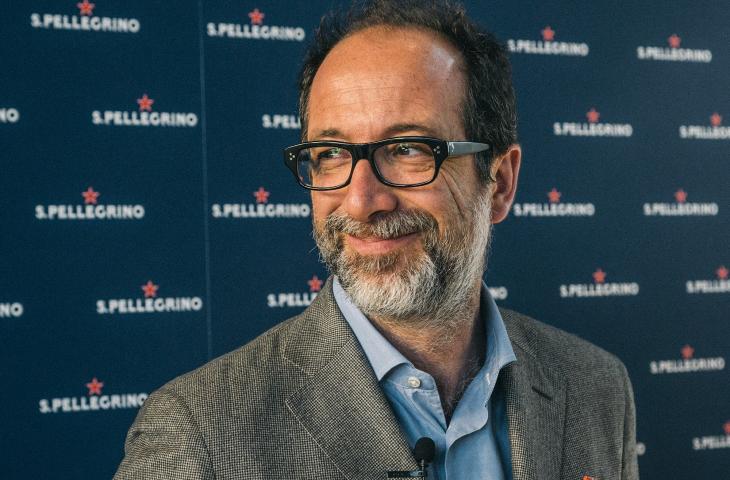MILAN – A project that represents an idea of Italy that may be normal to us but that is of great value for foreigners. Luca Molinari, architect and curator of the international architecture contest launched to restyle the S. Pellegrino mineral water factory, sums up Bjarke Ingels’ project, winner the contest.
How did this project begin?
“This project stemmed from the encounter between the experience of our Studio, which curates important international contests around the world, and that of Sanpellegrino, who understood the need to change the aesthetics of the complex and to change it radically. It was an important encounter, at the basis of which there was a strong awareness of what we wanted to do, which led to the choice of famous designers to create a laboratory that would help the company to choose what it wants and to progressively understand where it wants to go.
What was required in the briefing phase?
A lot of work was done with the Sanpellegrino team and the factory. We first created a detailed design brief, which was the pre-project, which explained what we wanted from the designers. We then held a first workshop to bring together the various realities, because dialogue in these cases is fundamental. We spent two intense days in Ruspino to understand, to listen to people and to breathe in the environment before beginning to design the project. After this, almost three months of work led to a first presentation, which was held last September.
What impressed you about the winning project?
We were impressed with BIG’s project because it tried to represent an idea of Italy that to us, unlike the rest of the world, is obvious. This project has all of Italy’s “clichés”, from the piazza to the arches, from togetherness to dialogue with the landscape, but in a most contemporary language. The project will open in four years but will last for the next thirty years, therefore it represents a direction towards the future and not something that has to satisfy the present. We therefore found interesting the effort to interpret a millenary tradition into something that will be useful for the next decades.
February 23, 2017











